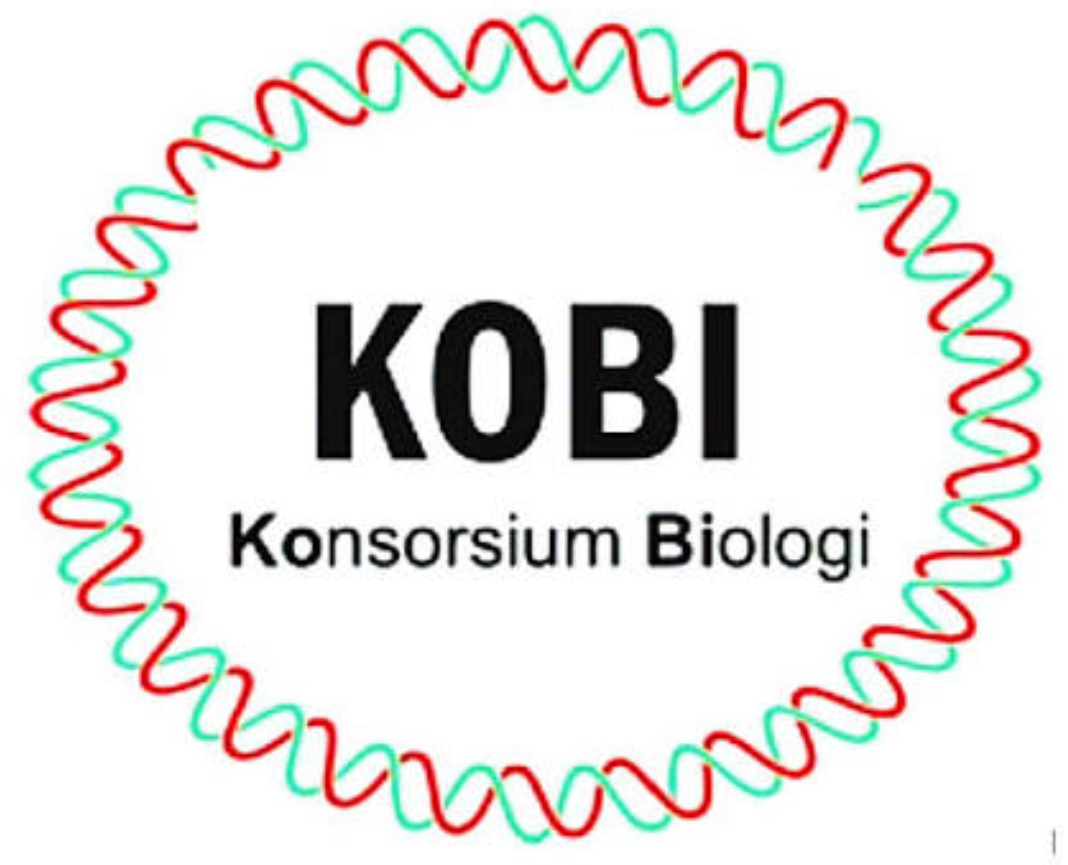Title:
Test Content Calcium Carbonate (CaCO3) On The Shell Of The Golden Snail (Pomaceae Canaliculata) As Anticide Substance
Author:
Abstract
Keywords
Full Text:
PDFReferences
Delvita, H et al. (2014). "Pengaruh Variasi Temperatur Kalsinasi terhadap Karakteristik Kalsium Karbonat (CaCO3) Dalam Cangkang Keong Sawah (Pila ampullacea) yang Terdapat di Kabupaten Pasaman". Pillar Of Physics, 6(1) : 17-24.
Delvita, H., & Djamas, D. (2015). Pengaruh variasi temperatur kalsinasi terhadap karakteristik kalsium karbonat (CaCO3) dalam cangkang keong sawah (Pila ampullacea) yang terdapat di Kabupaten Pasaman (The effect of calcination temperature variations on the characteristics of calcium carbonate (CaCO3) in the shells of rice field snails (Pila ampullacea) found in Pasaman Regency). Pillar of Physics, 6(2).
Fadhilah, R,; Rizmahardian, A.k.dan Margarita, M.I., 2015. Sintesis Hidroksiapatit dari Cangkang Kerang Ale-Ale (Meetrix sp) Sebagai Material Graft Tulang, JurnalMajalah Ilmiah Al Ribaath., Vol 12. No. 1, Hal 44-60. ISSN: 1412-7156
Hariyati, A. S., & Wibowo, M. A. (2019). Ekstraksi Kalsium Karbonat (Caco3) Dari Bahan Dasar Cangkang Kerang Ale-Ale (Meretrix Meretrix) Pada Temperatur Kalsinasi 500 derajat celsius. Jurnal Kimia Khatulistiwa, 8(1).
Islami, N., & Anita, S. (2015). Potensi Abu Cangkang Keong Mas (Pomacea Canaliculata) Sebagai Adsorben Tembaga Dalam Larutan.
Manueke, J. (2016). Pengendalian Hama Keong Emas (Pomacea Canaliculata Lamarck) Pada Tanaman Padi Sawah Dengan Menggunakan Ekstrak Buah Bitung (Barringtonia Asiatica L.) t Ex. Jurnal LPPM Bidang Sains dan Teknologi, 3(1), 19-26.
Mauriza, R. (2019). Uji Efektivitas Cangkang Keong Mas (Pomacea canaliculta L) sebagai Biosorben dalam Menyerap Logam Berat Merkuri (Hg) dan Timbal (Pb) (Doctoral dissertation, UIN AR-RANIRY).
Nazamain, A. (2019). Gambaran Pengetahuan Penggunaan Obat Golongan Antasida Pada Pasien Gastritis Di Puskesmas Kotabumi I Kabupaten Lampung Utara Tahun 2019 (Doctoral dissertation, Poltekkes tanjungkarang).
Nopriansyah, E., Baehaki, A., & Nopianti, R. (2016). Pembuatan Serbuk Cangkang Keong Mas (Pomacea canaliculata L.) serta Aplikasinya sebagai Penjernih Air Sungai dan Pengikat Logam Berat Kadmium. Jurnal FishtecH, 5(1), 1-10.
Nugraha, G. S., & Kadir, Y. (2019). Kajian Pengaruh Kalsium Karbonat Dan Limbah Adukan Beton Terhadap Kuat Tekan Beton Normal Mutu Rendah. Simteks (Sistem Infrastruktur Teknik Sipil) Universitas Sangga Buana YPKP, 1(2), 58-61.
Nurlaela, S., Primajaya, A., & Padilah, T. N. (2020). Algoritma K-Medoids Untuk Clustering Penyakit Maag Di Kabupaten Karawang. INFORMATIKA, 12(2), 56-62.
Pertiwi, G. A. E., Niruri, R., Tanasale, J. D., & Erlangga, I. B. E. (2014). Potensi Interaksi Obat pada Penggunaan Antibiotika Golongan Fluorokuinolon dari Pasien Dewasa dengan Demam Tifoid. Jurnal Farmasi Udayana, 3(3), 17-21.
RAHARDIANTI, A. D. (2010). Formulasi Sediaan Tablet Fast Disintegrating Antasida Dengan Primojel Sebagai Bahan Penghancur Dan Starch 1500 Sebagai Bahan Pengisi (Doctoral dissertation, Universitas Muhammadiyah Surakarta).
Rusdy, A. (2010). Pengaruh pemberian ekstrak bawang putih terhadap mortalitas keong mas. Jurnal Floratek, 5(2), 172-179.
VAN GOBE, S. A. (2012). Gambaran Tingkat Pengetahuan Masyarakat Tentang Penyakit Gastritis (Maag) Di Kelurahan Hunggaluwa Kecamatan Limboto. Skripsi, 1(821309007).
Van Hoten, H. (2017). Optimasi Parameter Pembuatan Serbuk Nano Biokeramik pada Mesin Ball Mill dengan Menggunakan Metode Taguchi Dan Anova. ReTII.
DOI: https://doi.org/10.31002/ijobe.v4i2.4938
Article Metrics
Abstract view : 0 timesPDF - 0 times
Cited By
Refbacks
- There are currently no refbacks.
Copyright (c) 2022 Indonesian Journal of Biology Education

This work is licensed under a Creative Commons Attribution-NonCommercial-ShareAlike 4.0 International License.

This work is licensed under a Creative Commons Attribution-NonCommercial-ShareAlike 4.0 International License.
indexed by :
Jalan Kapten Suparman 39 Magelang, Jawa Tengah, Indonesia 56116
Phone (0293) 364113 Fax (0293) 362438
Website: http://jurnal.untidar.ac.id/index.php/ijobe










 Abstract views : 0
|
Abstract views : 0
| PDF views : 0
PDF views : 0

